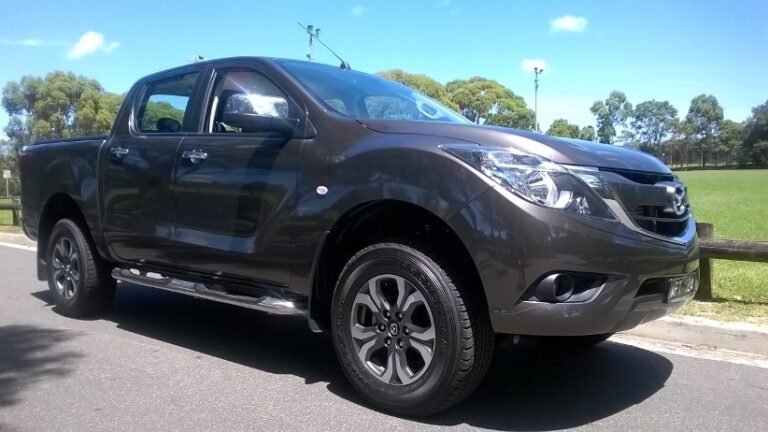– By David Brown –
Mazda will build its next ute in collaboration with Isuzu rather than share product with the Ford Ranger which is an indication of how even successful partnerships can come to an end.
It is not surprising that car manufacturers enter into agreements to share technology or even go the whole way and build one car and sell it separately under their own brand names.
Researching; developing; designing; and ultimately building a major vehicle component such as an engine, let alone the whole vehicle, is an expensive business. Furthermore markets want to get regular and frequent model updates, so there are some very good incentives to try and share the financial load of getting new and better products to the consumer.
Manufacturers might also look for a collaboration if a market segment suddenly flourishes and they don’t have a product that suits.
Ford and Mazda have had a successful partnership that arose after Mazda had some financial difficulties in the 60s. What helped push Mazda and Ford closer together was that Ford had been slow to recognise the increasing popularity of small pickups that originated out of Japan.
The first generation Ford Courier was introduced in 1971. It was a rebadged Mazda B-Series built by Mazda and imported and sold by Ford in response to the popularity of small Toyota and Datsun pickups especially among young buyers.
In 1979 the Ford/Mazda relationship became more than just an arrangement of convenience for certain models. Ford bought a 7% share in Mazda which it increased to a controlling interest of 33.3% by 1996.
There were benefits to both sides. Mazda had some good technology and efficient manufacturing processes while Ford had financial resources and particular skills in marketing. Quite a few Mazda cars have appeared as Ford products particularly in the Asia Pacific region, including the Laser, Telstar and Probe.
In the late 90s Ford replaced the name Courier with Ranger in most markets. Mazda introduced its first ute named BT-50 in 2006 which was also sold as a Ford Ranger. The second generation was introduced in 2011 which showed some clear differences in the looks between the separately branded vehicles.
Designed in Mazda’s Australian office, only the windscreen, roof, and rear screen are common between the current Ranger and BT-50 in the exterior design. The mechanical components are largely the same.
The financial crisis of 2008 saw Ford in need of cash and so it began to sell its Mazda shares. Ford’s share interest in Mazda is now around 3%.
There were other reasons to formally separate the two companies. Ford has not been as quick to infiltrate the booming China market as say General Motors or Volkswagen. China does not allow an overseas car company to have an interest in more than two other companies operating in their market and so a major share holding with Mazda may have caused some difficulties.
While Mazda may not have initiated the ownership separation from Ford, they saw it as an opportunity to regain their individual freedom.
Mazda maintains some agreements with Ford; it has entered an agreement with Toyota; and will collaborate with Isuzu for their large pick up for at least a 10 year period. But these agreements are unlikely to extend to significant equity stakes.






